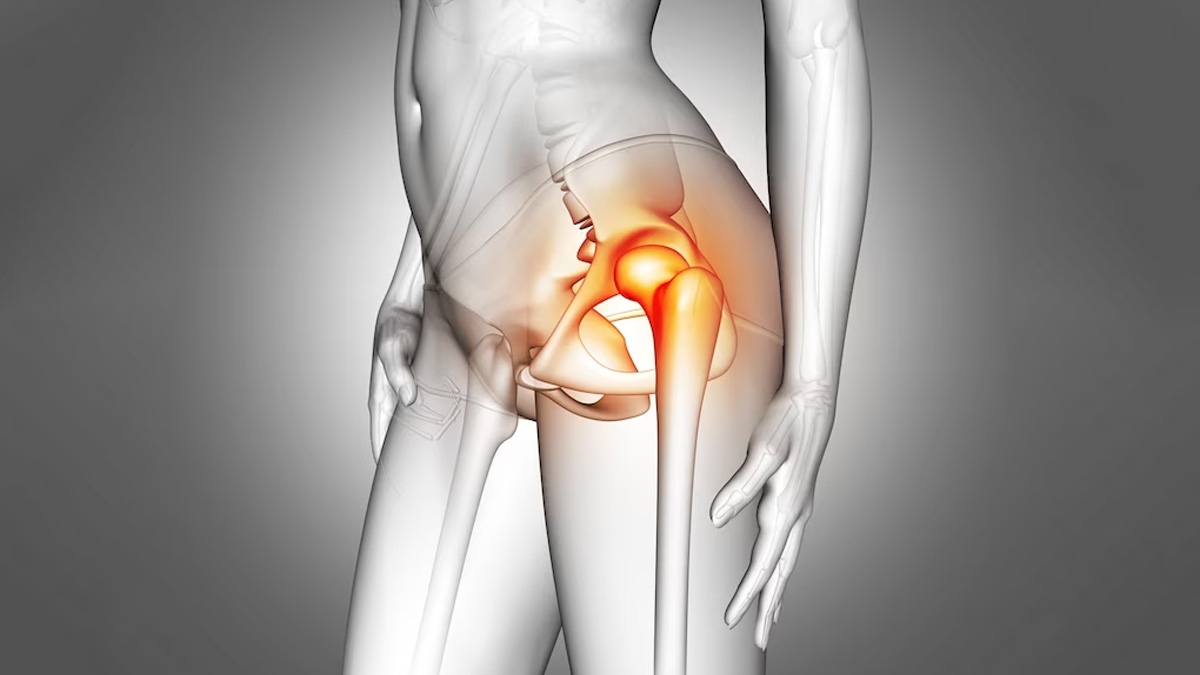
Osteoarthritis, also known as wear and tear arthritis, is a chronic disorder that causes degeneration, discomfort, stiffness, and inflammation in joints. It can affect every joint, although the hands, knees, hips, and spine are the most typically affected.
Table of Content:-
Among a leading cause of disability, there are multiple reasons that cause osteoarthritis. One of which is the wear and tear of the cartilage that cushions the joints. Cartilage is a tough, rubbery tissue that covers the ends of bones in a joint, allowing them to glide smoothly over each other.
To learn more about the condition OnlyMyHealth spoke to Dr. Chetan Jakaraddi, Consultant & Surgeon Joint Replacement and Arthroscopy, HCG Hubli, Karnataka.
Causes Of Osteoarthritis
As we age, the cartilage in our joints usually become thin and damaged, leading to osteoarthritis. Other factors that can contribute to the development of osteoarthritis include:
Obesity
Being overweight puts extra stress on the joints, which can accelerate the wear and tear of cartilage.

Injury
Previous joint injuries can increase the risk of developing posttraumatic arthritis later in life.
Genetics
Genetic predisposition can make a person more susceptible to developing osteoarthritis.
Occupation
Jobs that involve repetitive motions or heavy lifting can increase the risk of developing osteoarthritis
Symptoms Of Osteoarthritis
The symptoms of osteoarthritis can vary depending on the severity of the disease and the affected joints.
Some common symptoms of osteoarthritis include:
Pain
The pain associated with osteoarthritis is typically described as a deep ache in the joint that worsens with activity and improves with rest.
Also read: Expert Talk: Persistent Knee Pain Which Could Be A Sign Of Osteoarthritis. How To Manage
Stiffness
Osteoarthritis can cause stiffness in the affected joint, especially in the morning or after prolonged periods of inactivity.

Swelling
The joint may become swollen and tender to the touch.
Limited Mobility
As the disease progresses, the joint may become less mobile, making it difficult to perform daily activities. Joint instability due to muscle weakness can lead to walking difficulty & falls.
Diagnosis Of Osteoarthritis
Osteoarthritis is diagnosed through a physical exam and patient's medical history. Imaging tests such as X-rays, MRIs, or CT scans may be ordered to confirm the diagnosis and assess the severity of the disease. Blood tests are not typically used to diagnose osteoarthritis. Once the diagnosis is made treatment is usually required.
Treatment Options
There is no cure for osteoarthritis, but there are a variety of treatments available to help manage the symptoms of the disease. Some common treatments for osteoarthritis include:
Medications
Over-the-counter pain relievers which include nonsteroidal anti-inflammatory drugs (NSAIDs) can help relieve pain and inflammation in the affected joint.
Physical therapy
Exercises and stretches prescribed by a physical therapist can help improve mobility and reduce pain.
Also read: 5 Pilates Exercises That Osteoarthritis Patients Can Do With Ease
Injections
Corticosteroid injections into the affected joint can help reduce inflammation and relieve pain.
Surgery
In severe cases, joint replacement surgery may be necessary to replace the damaged joint with an artificial one.
While there is no surefire way to prevent osteoarthritis, there are steps that can be taken to reduce the risk of developing the disease. These include:
- Maintaining a healthy weight
- Losing excess weight can reduce the stress on joints, especially those in the hips, knees, and spine.
- Staying active
- Regular exercise that can help keep joints healthy and reduce the risk of injury.
- Protecting joints
- Avoiding repetitive abnormal motions and using proper form when lifting heavy objects can help protect joints from damage.
Also watch this video
How we keep this article up to date:
We work with experts and keep a close eye on the latest in health and wellness. Whenever there is a new research or helpful information, we update our articles with accurate and useful advice.
Current Version